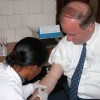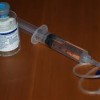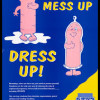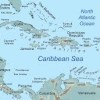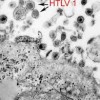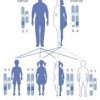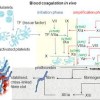Relationship of partially purified factor concentrates to immune tests and AIDS. The Hemophilia-AIDS. Collaborative Study Group
Abstract
We evaluated those members of a cohort of 203 hemophilic men providing all necessary information at their 1984 and 1985 evaluations, to determine whether non-heated or less than 80 degrees C dry heat-treated partially purified factor products were associated with 1) the development of AIDS in human immunodeficiency virus (HIV)-infected persons or 2) abnormal immune test results in participants seroconverting or remaining HIV seronegative.… Read more
